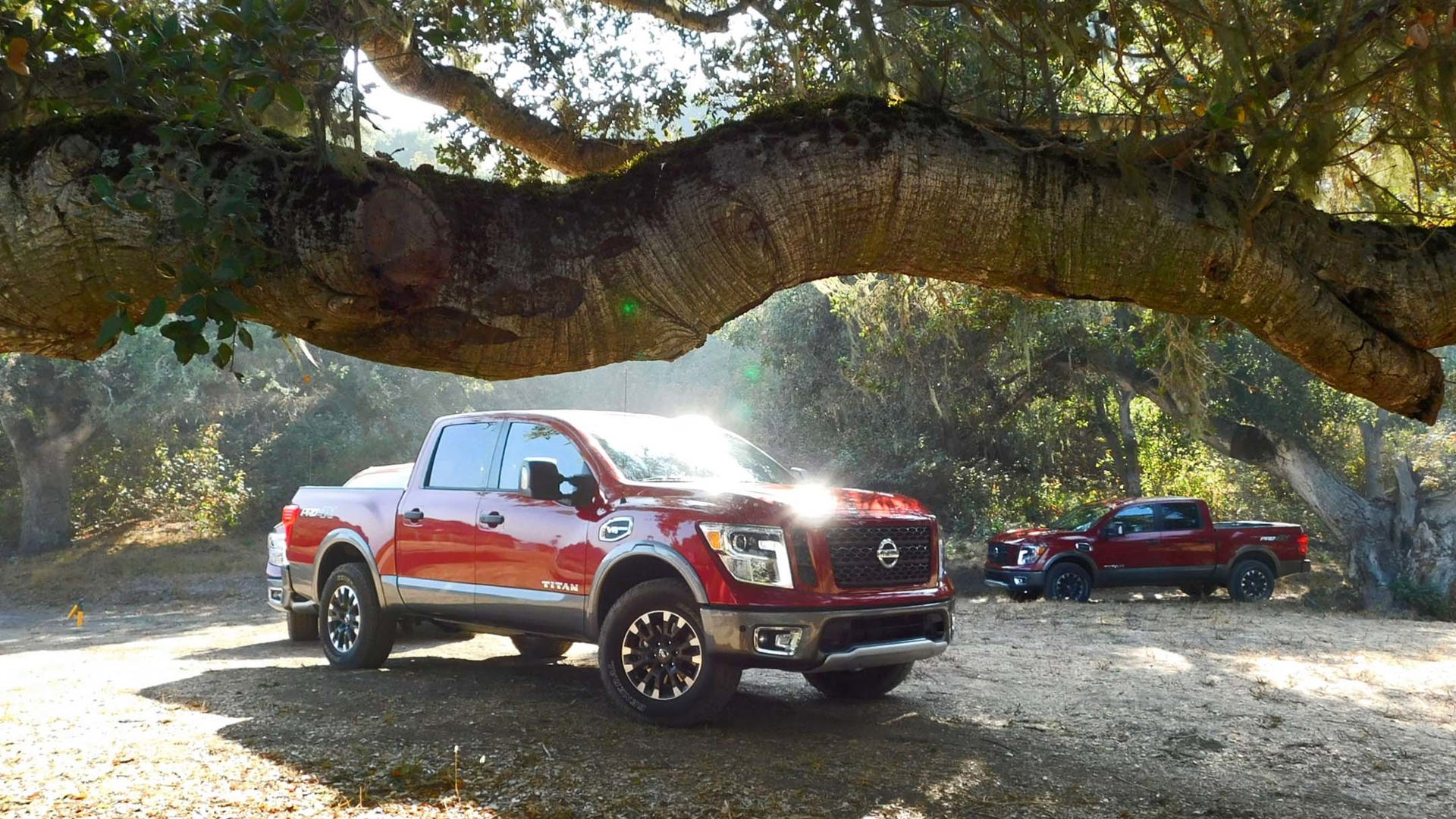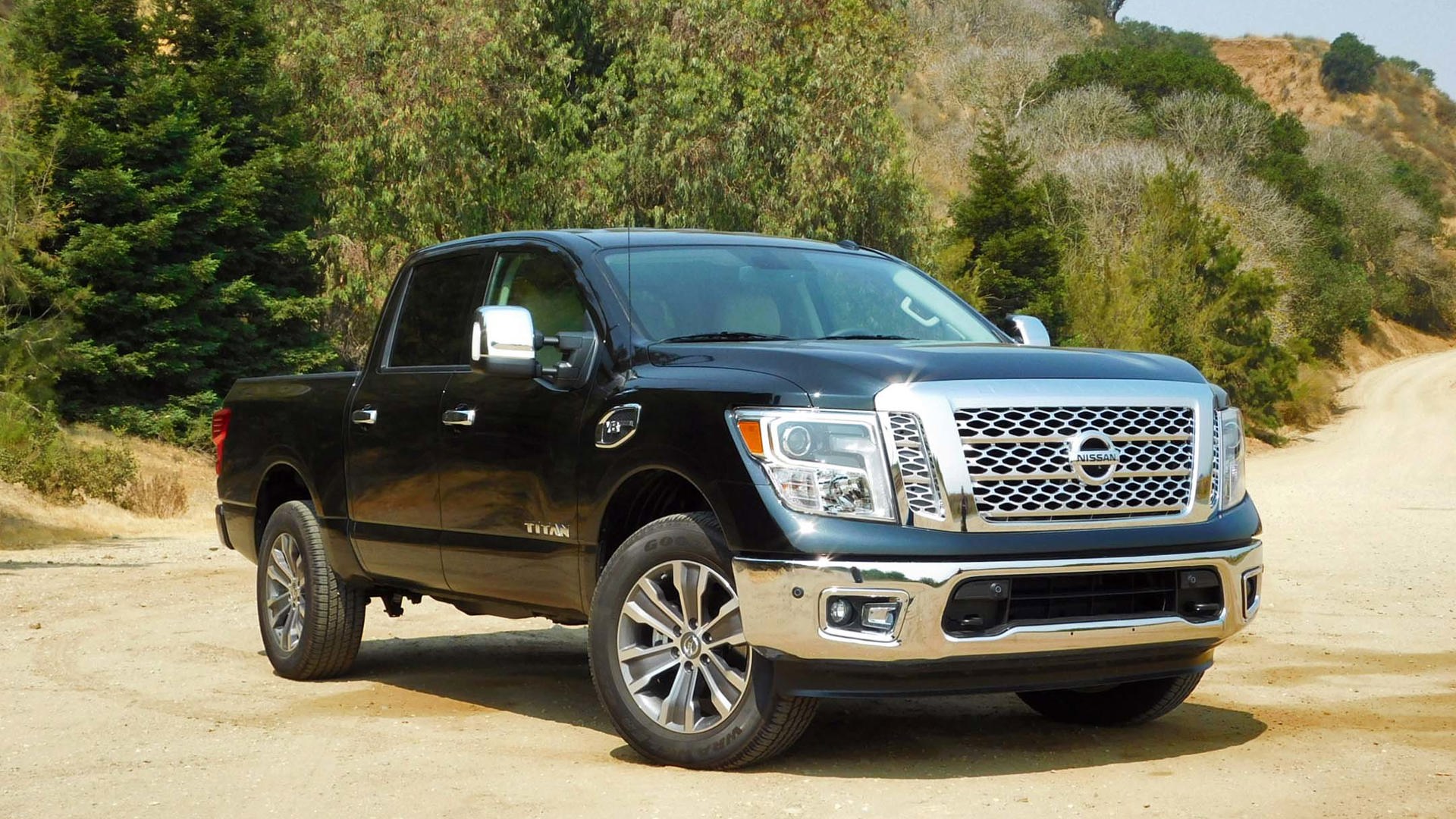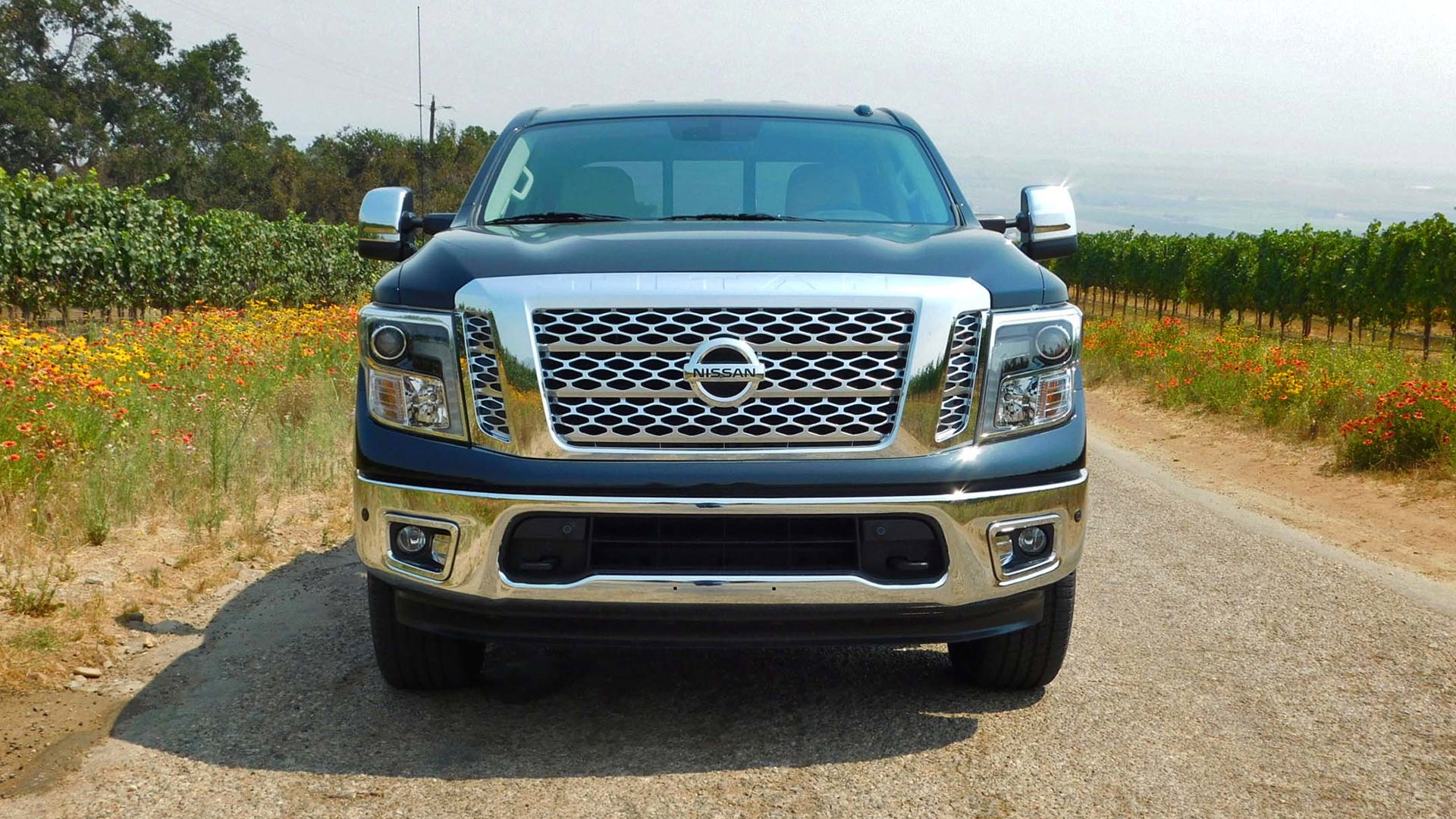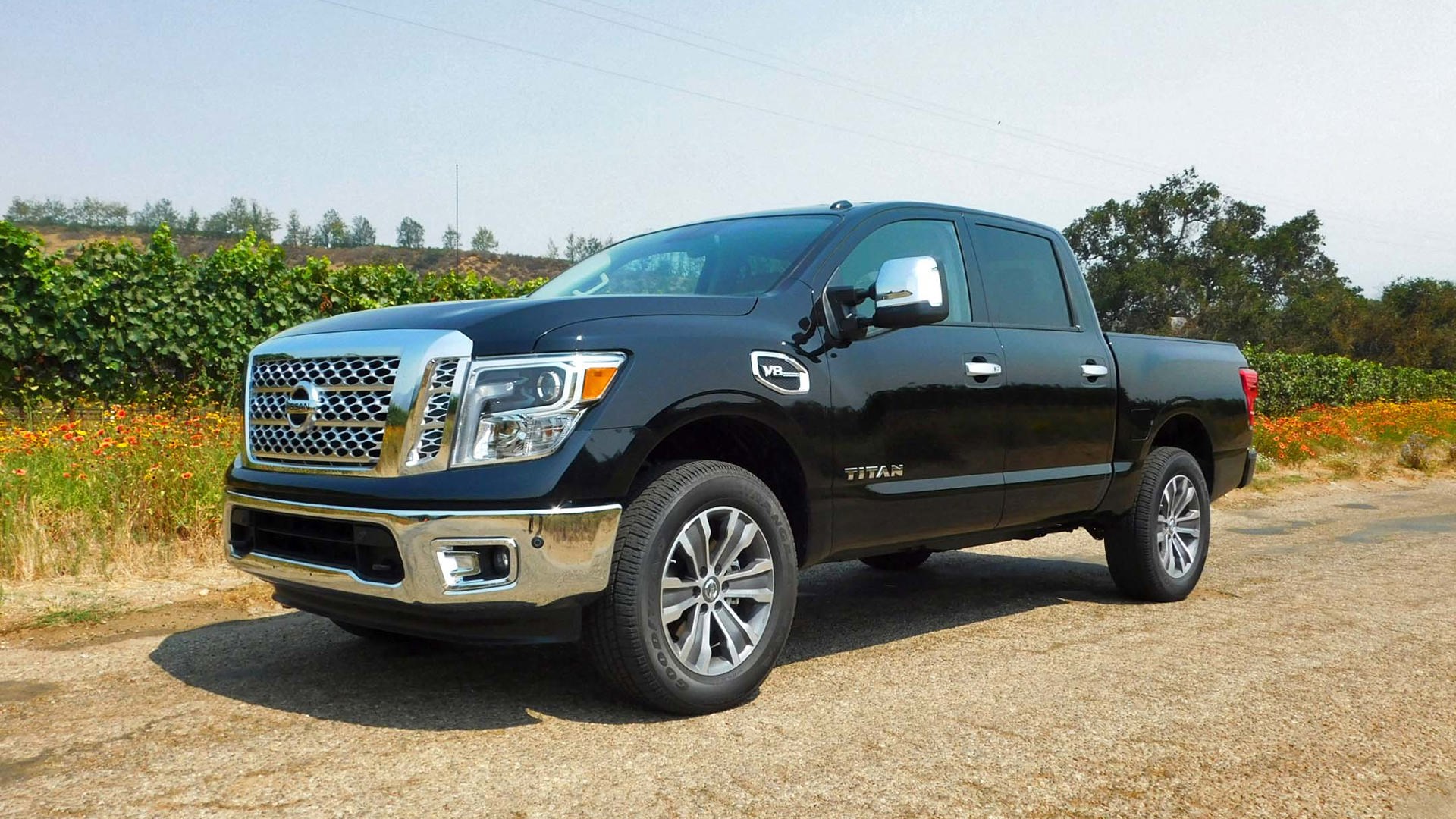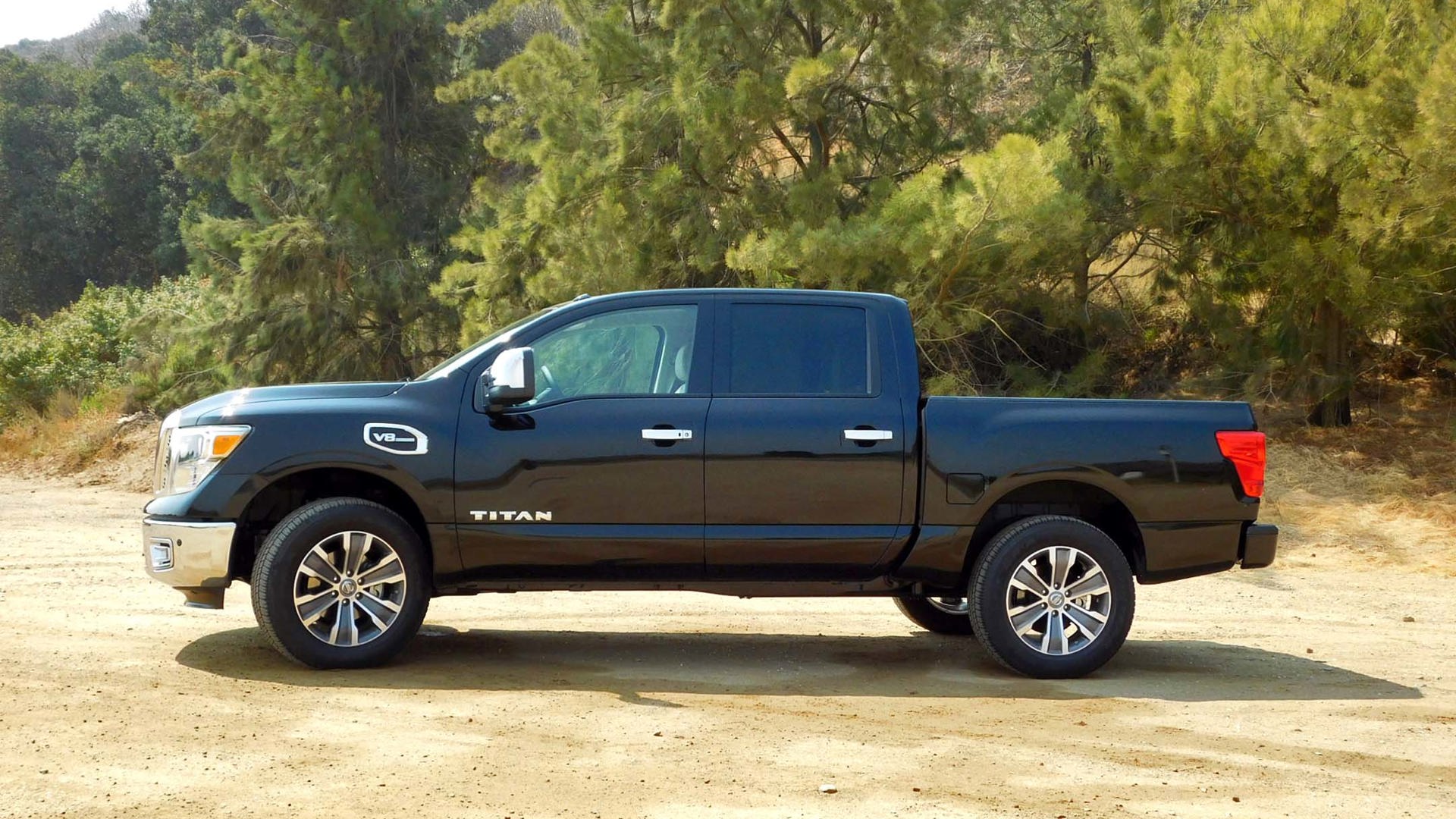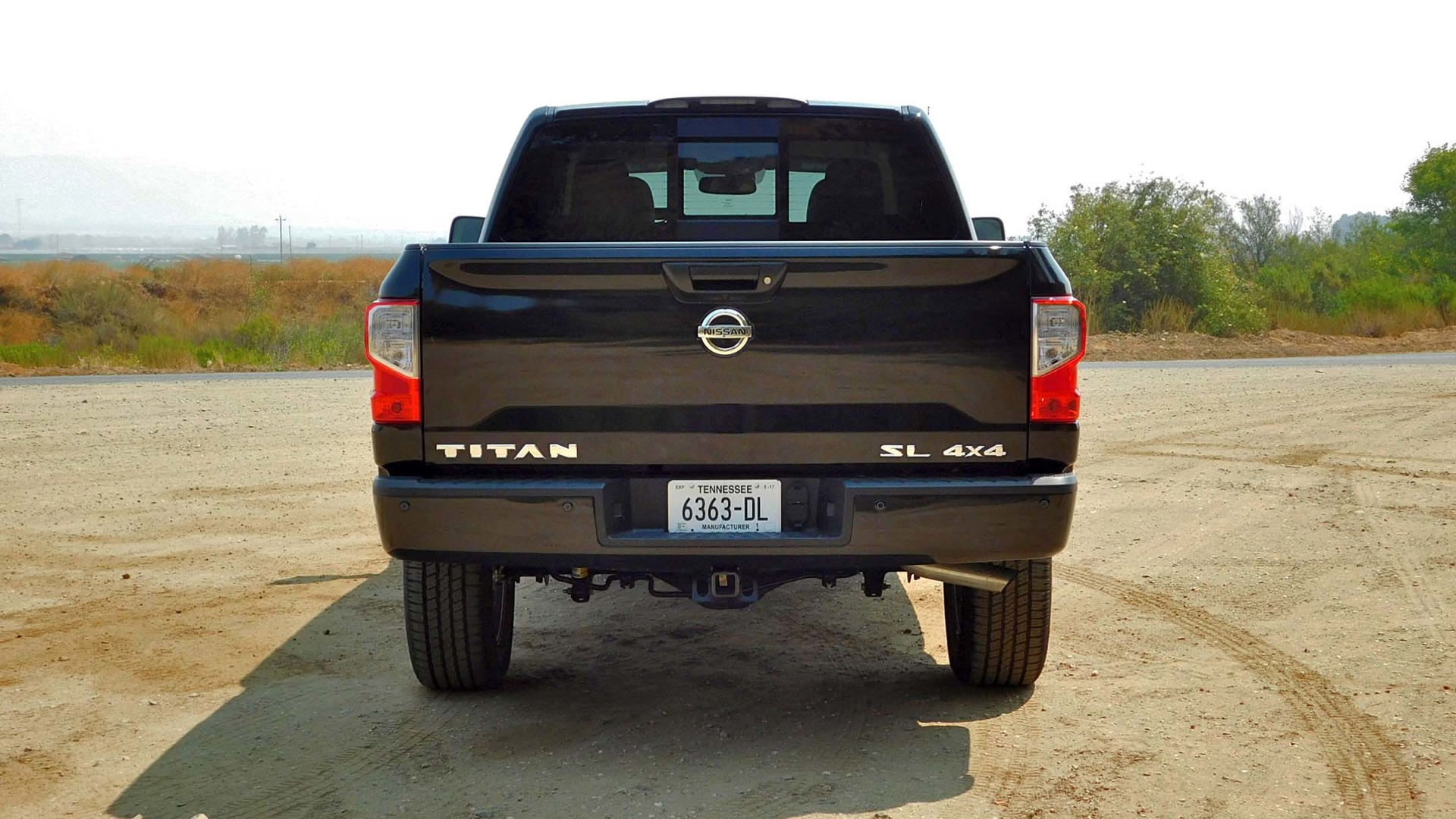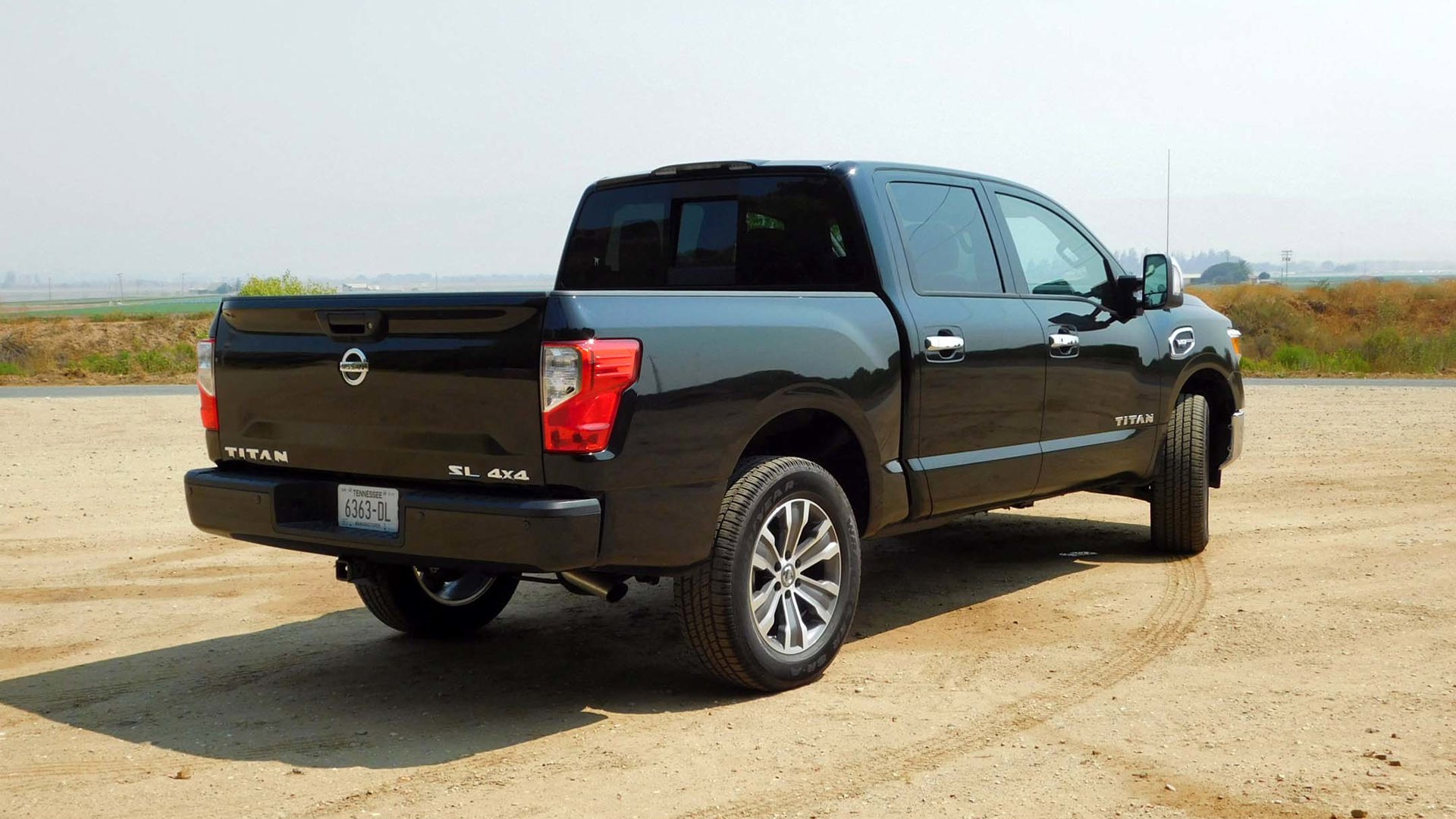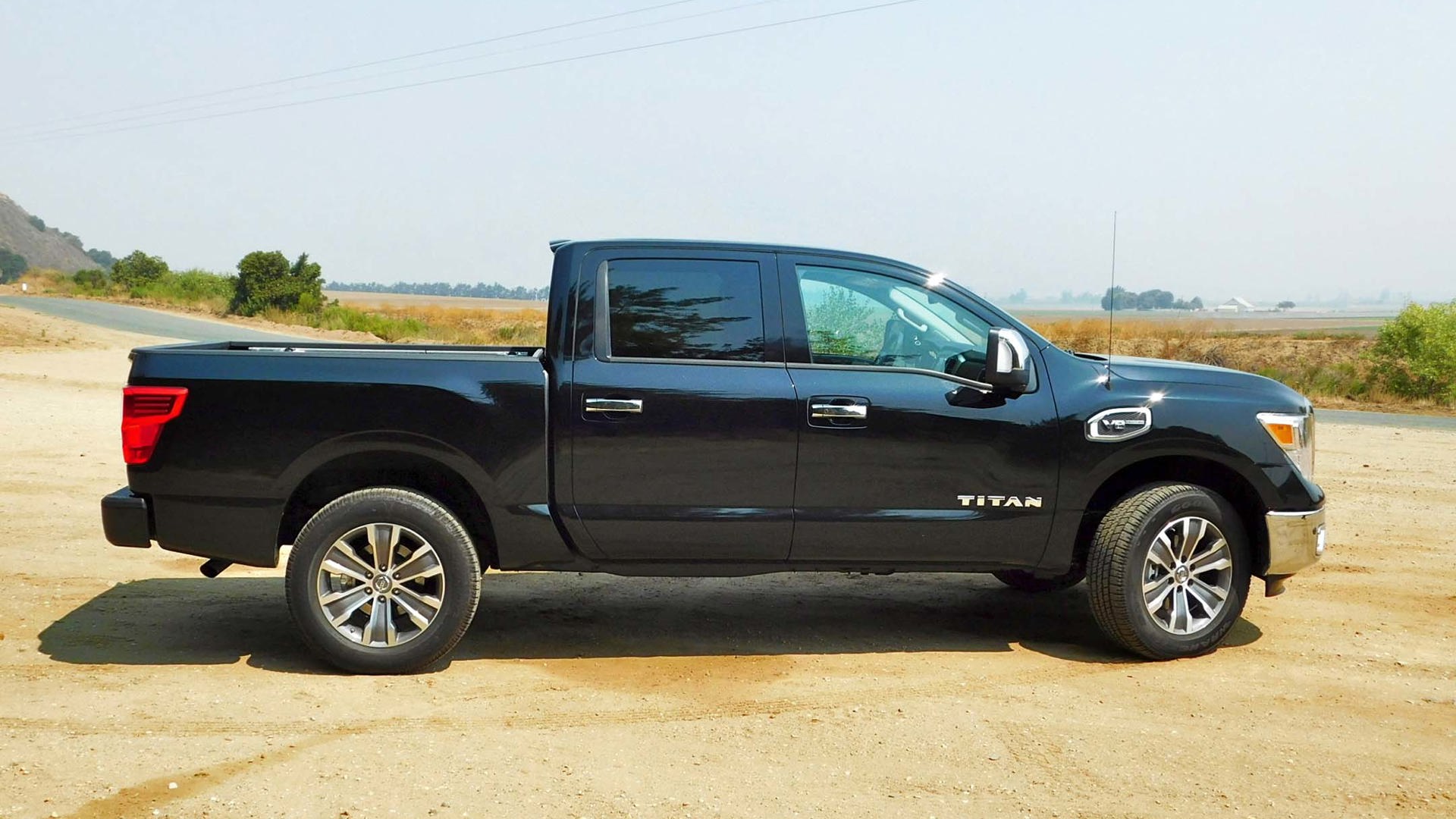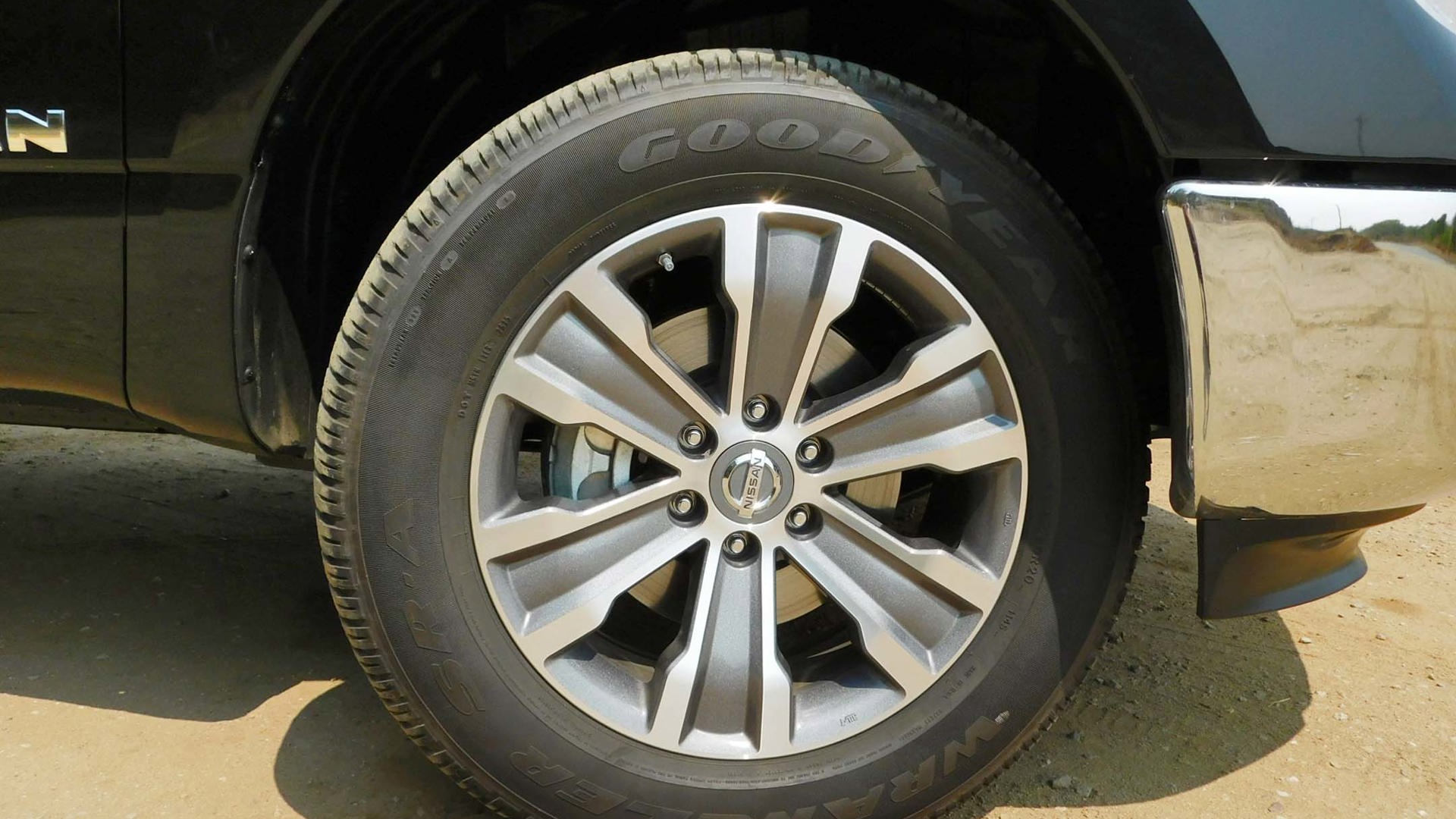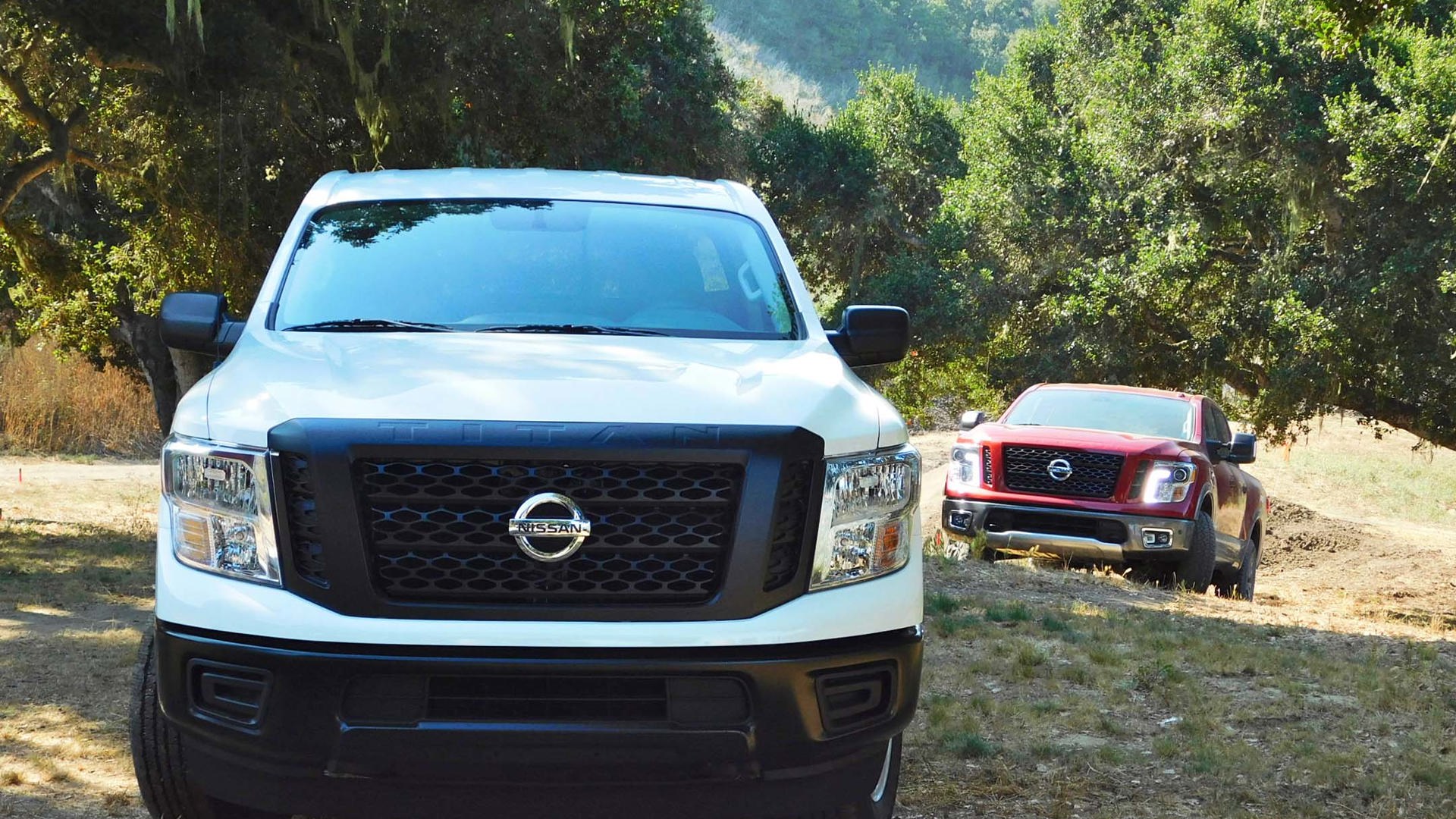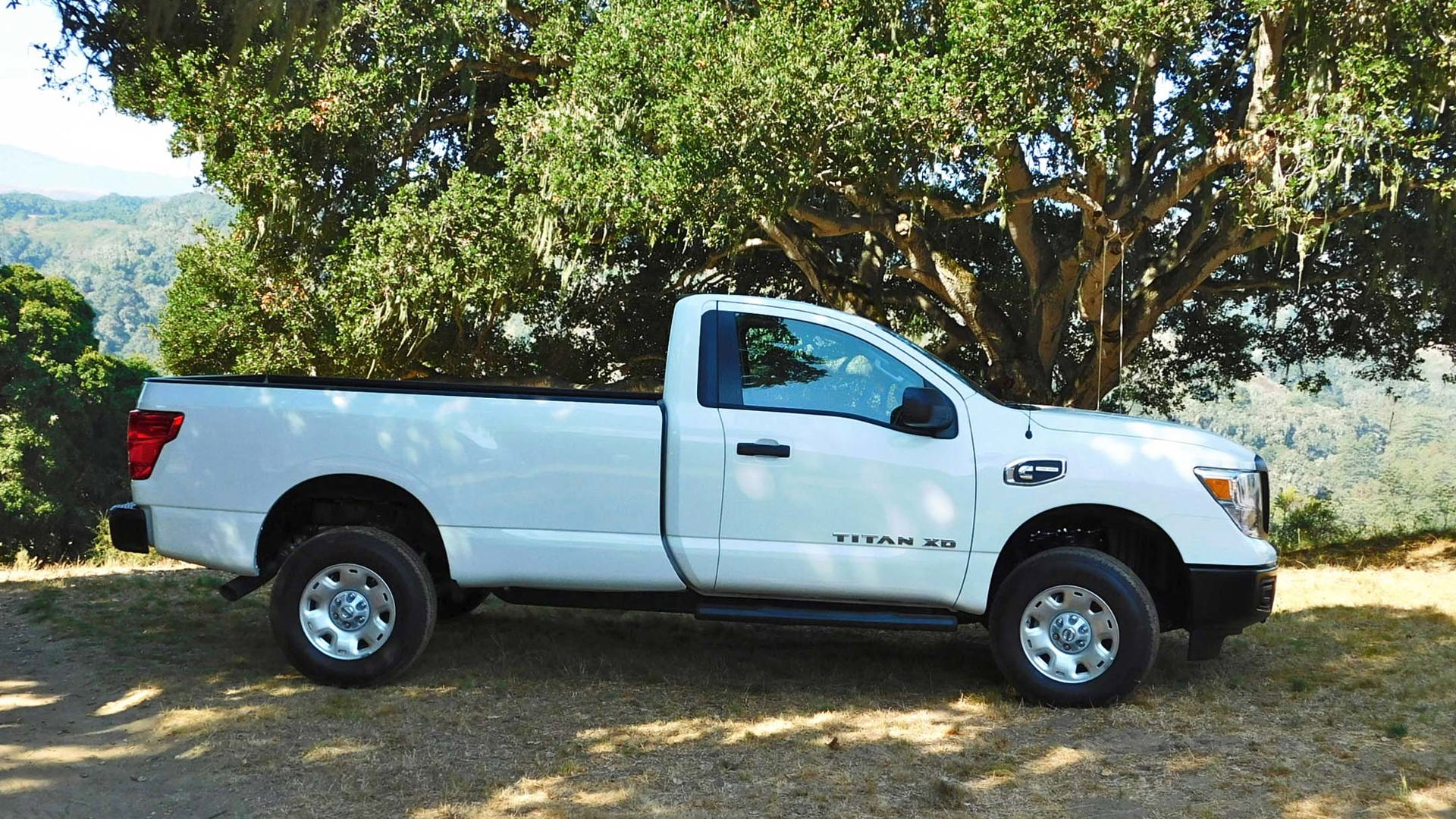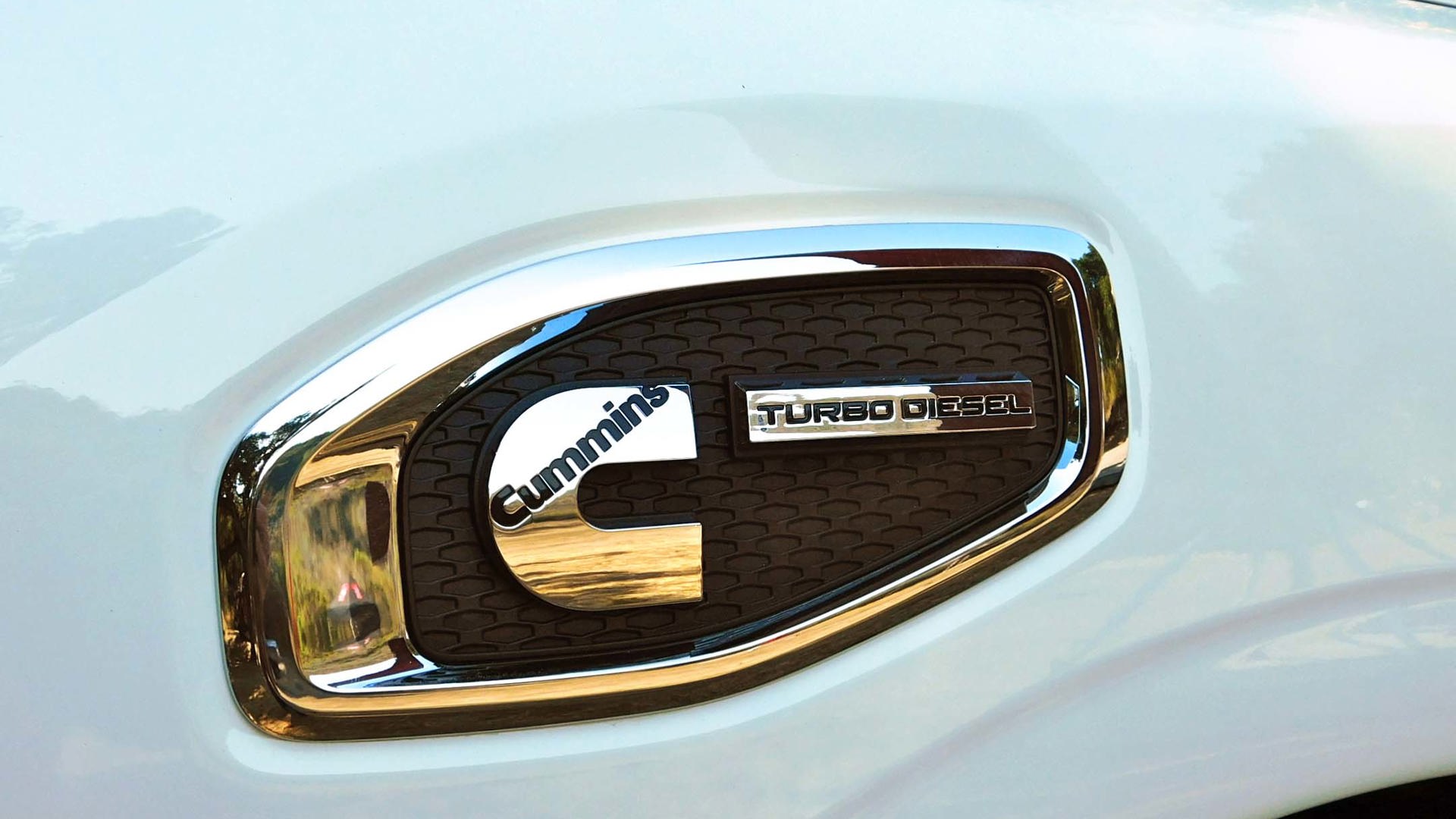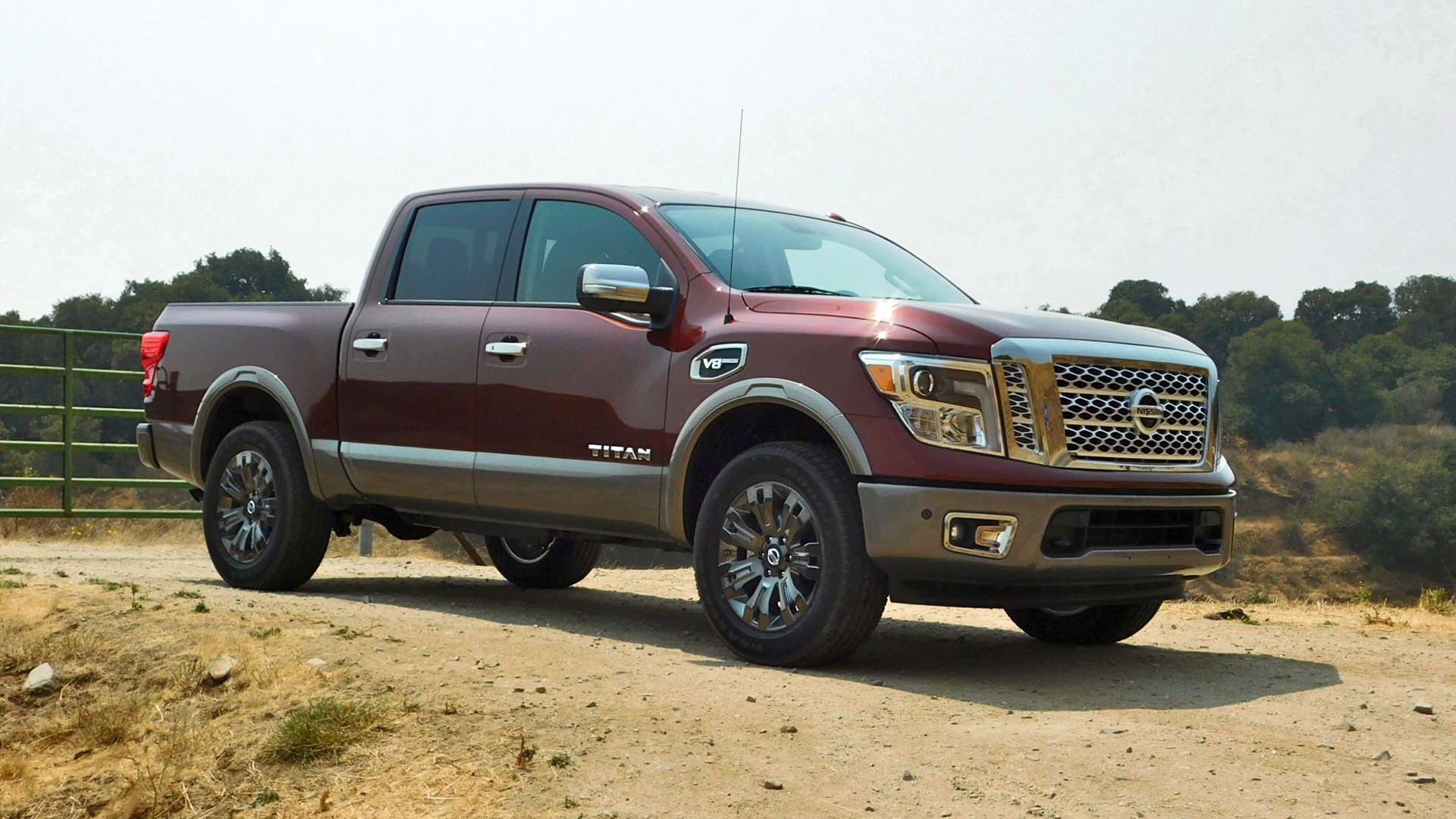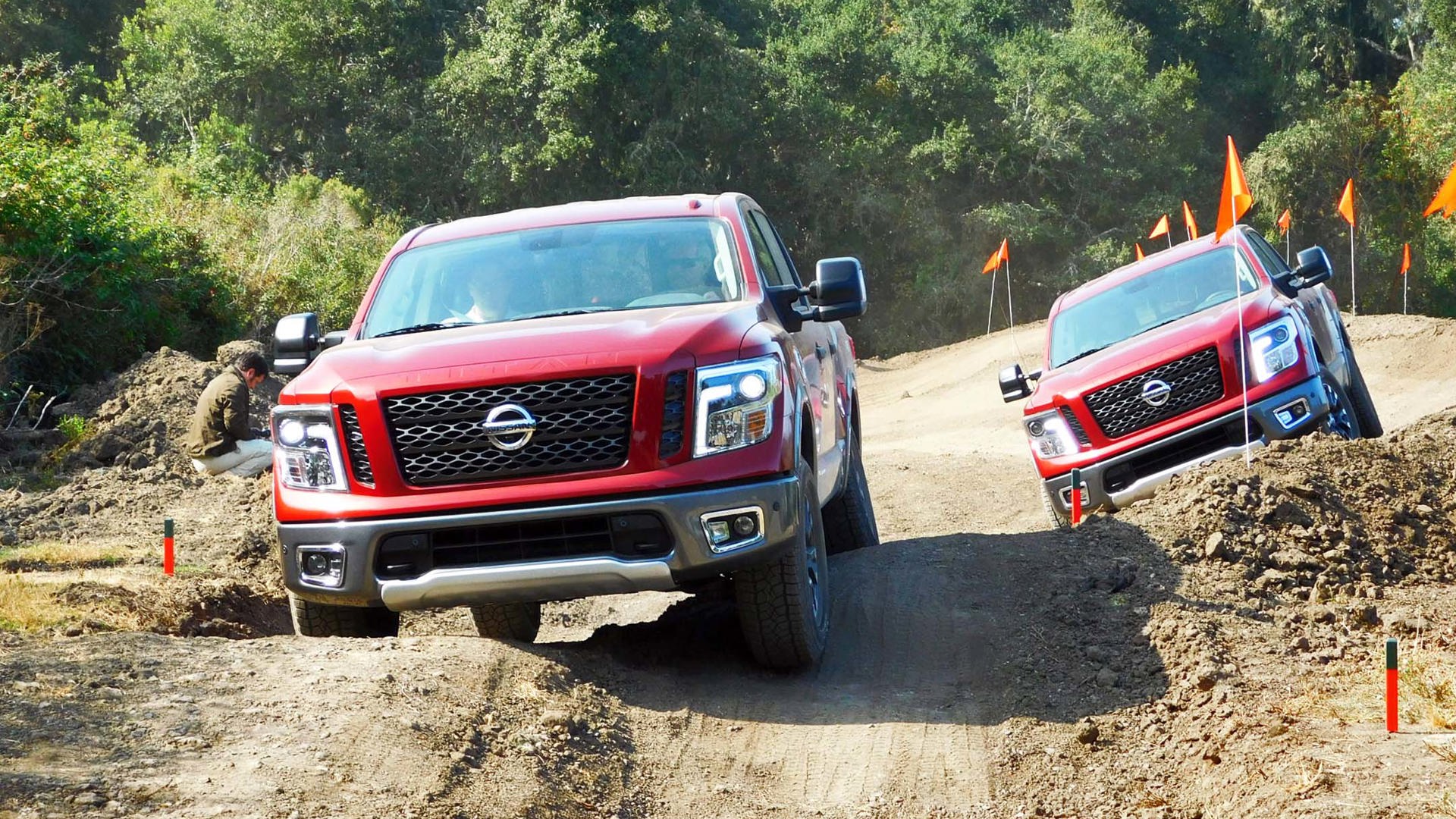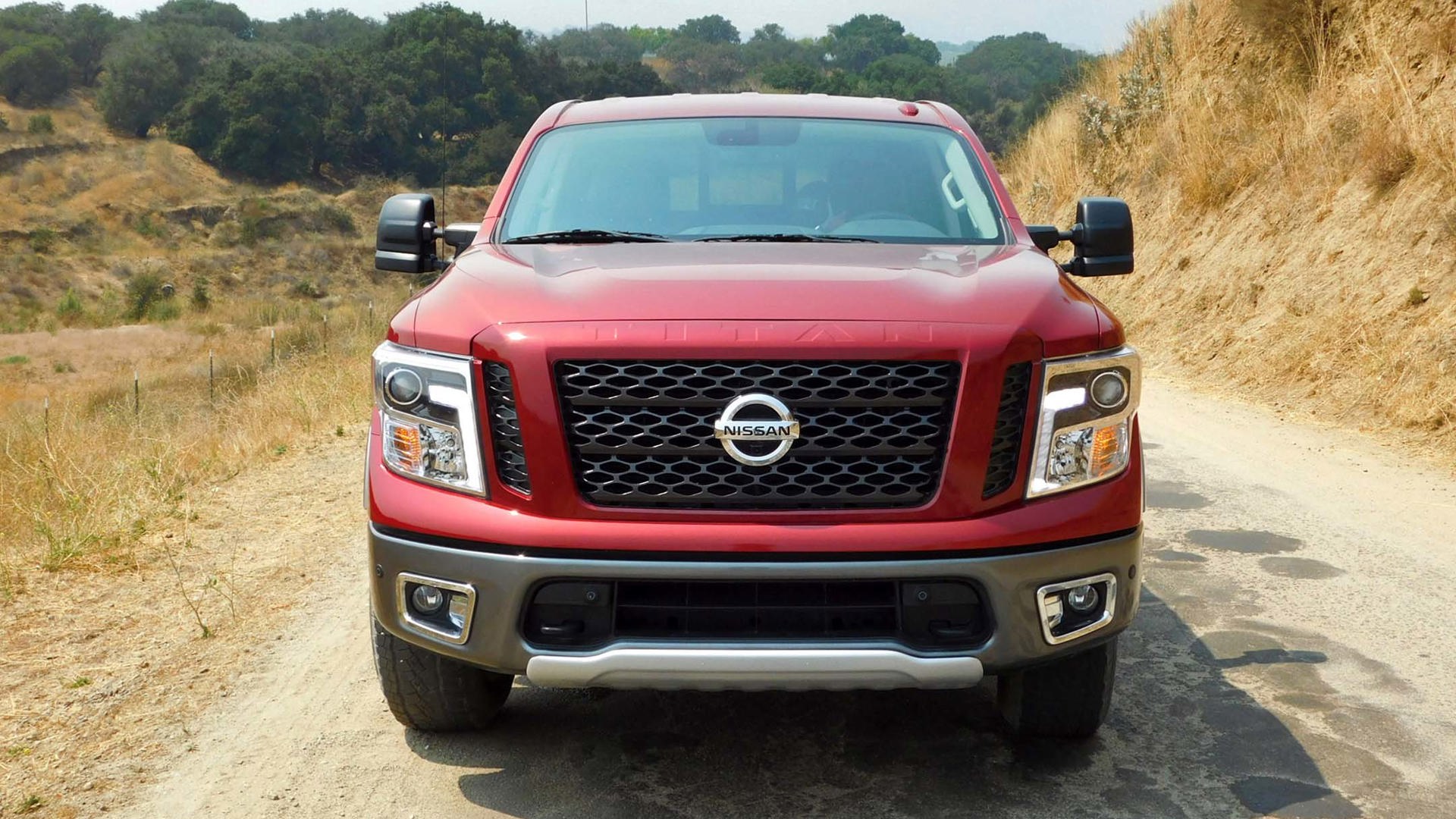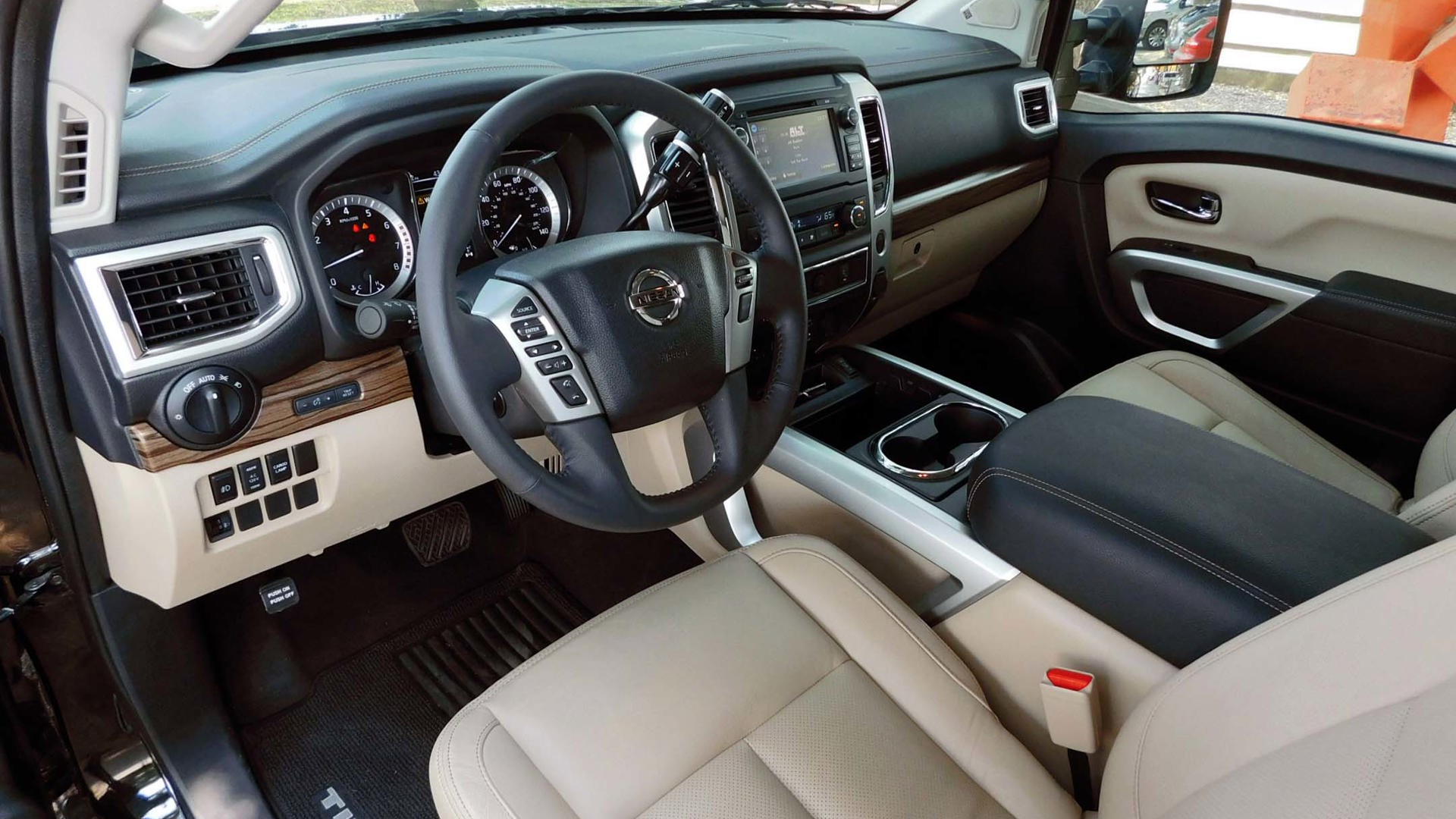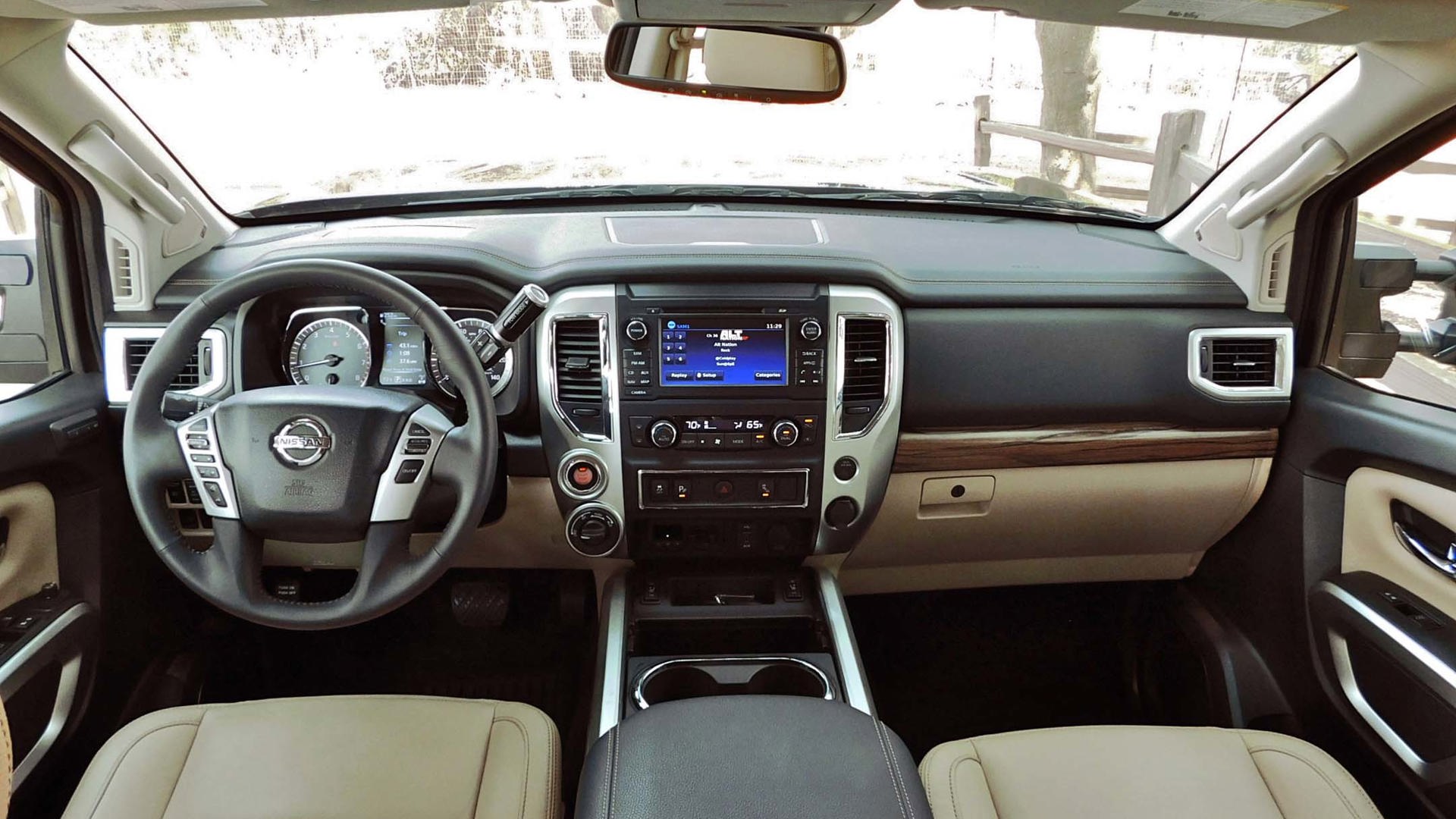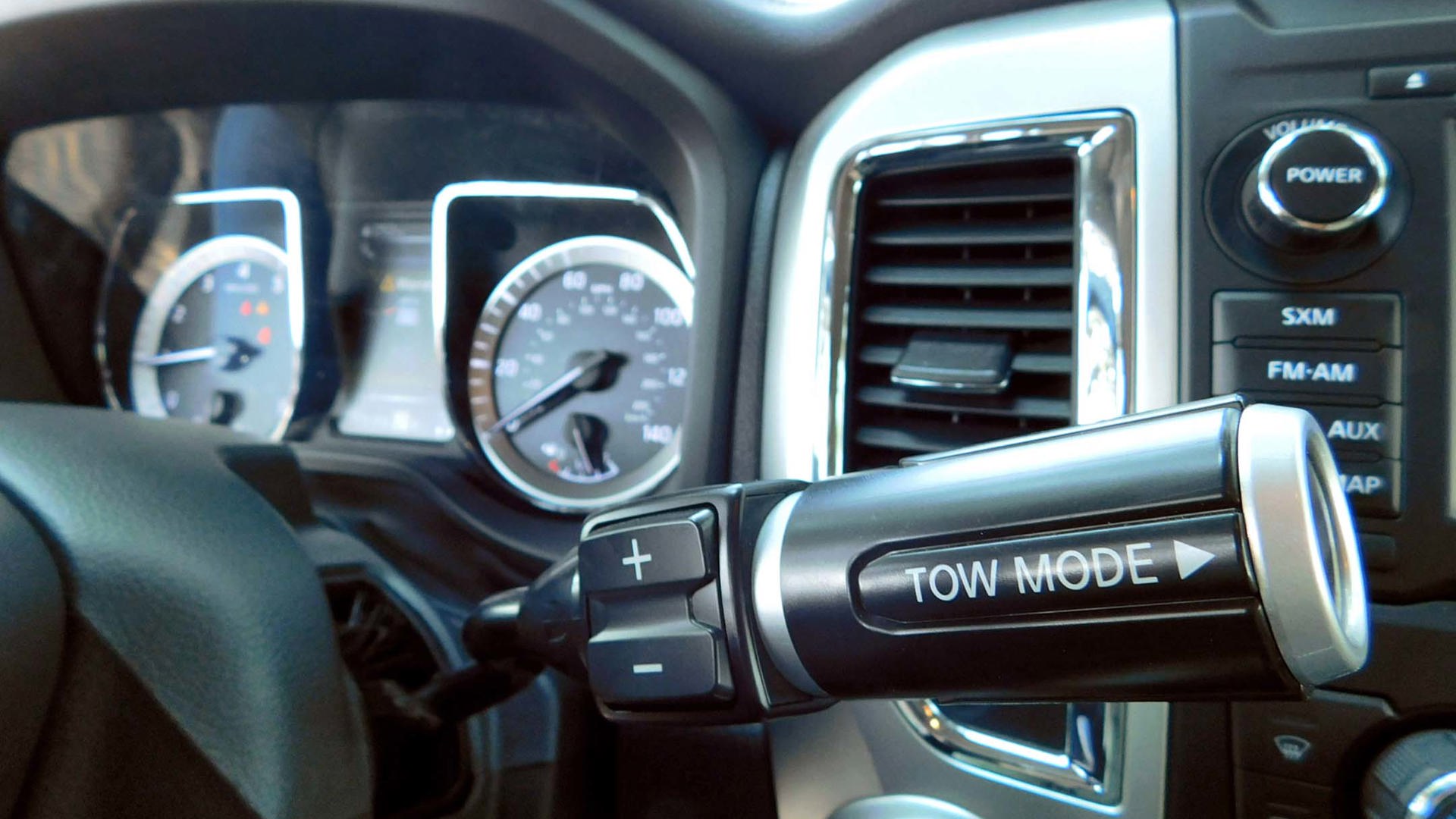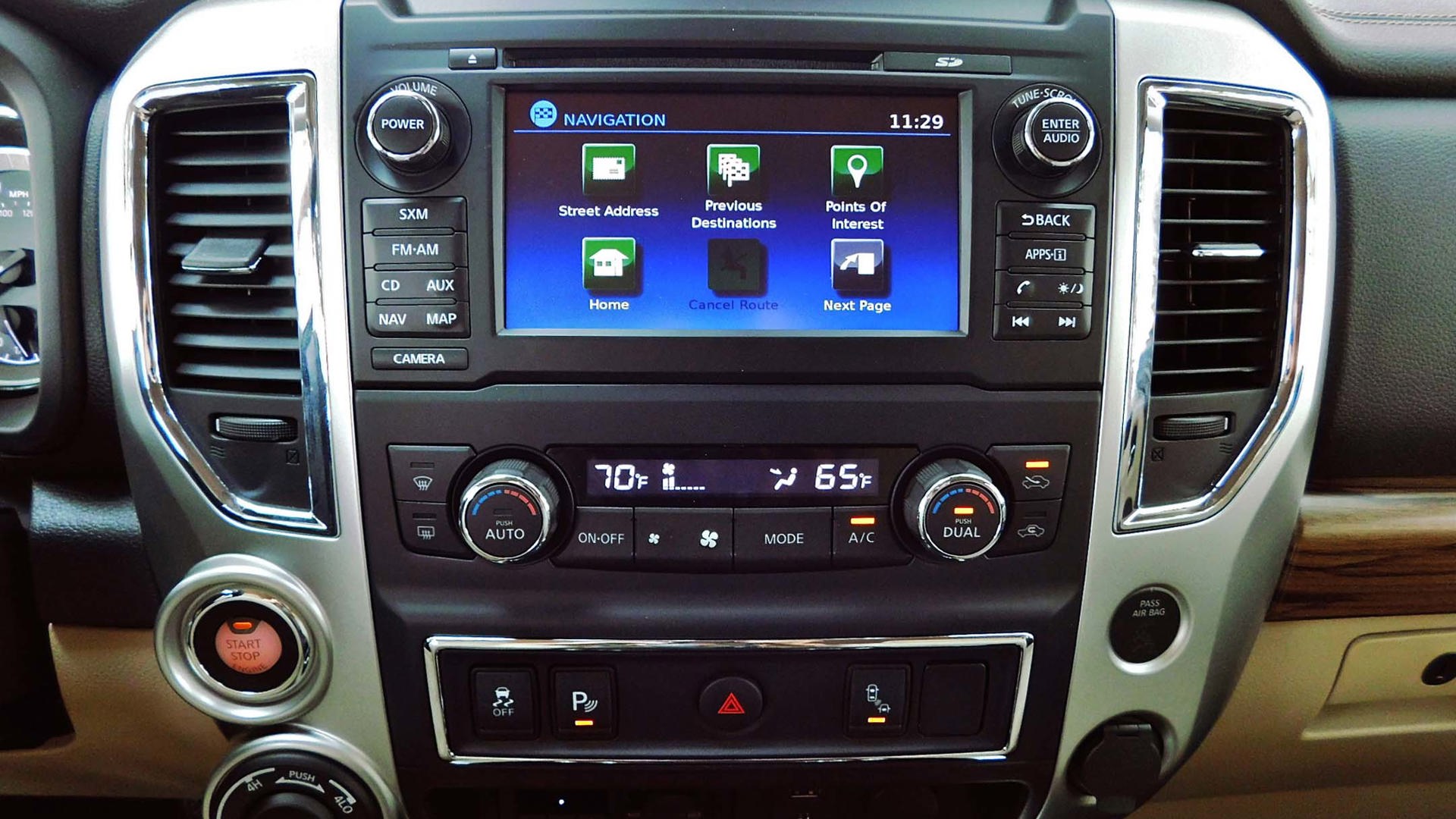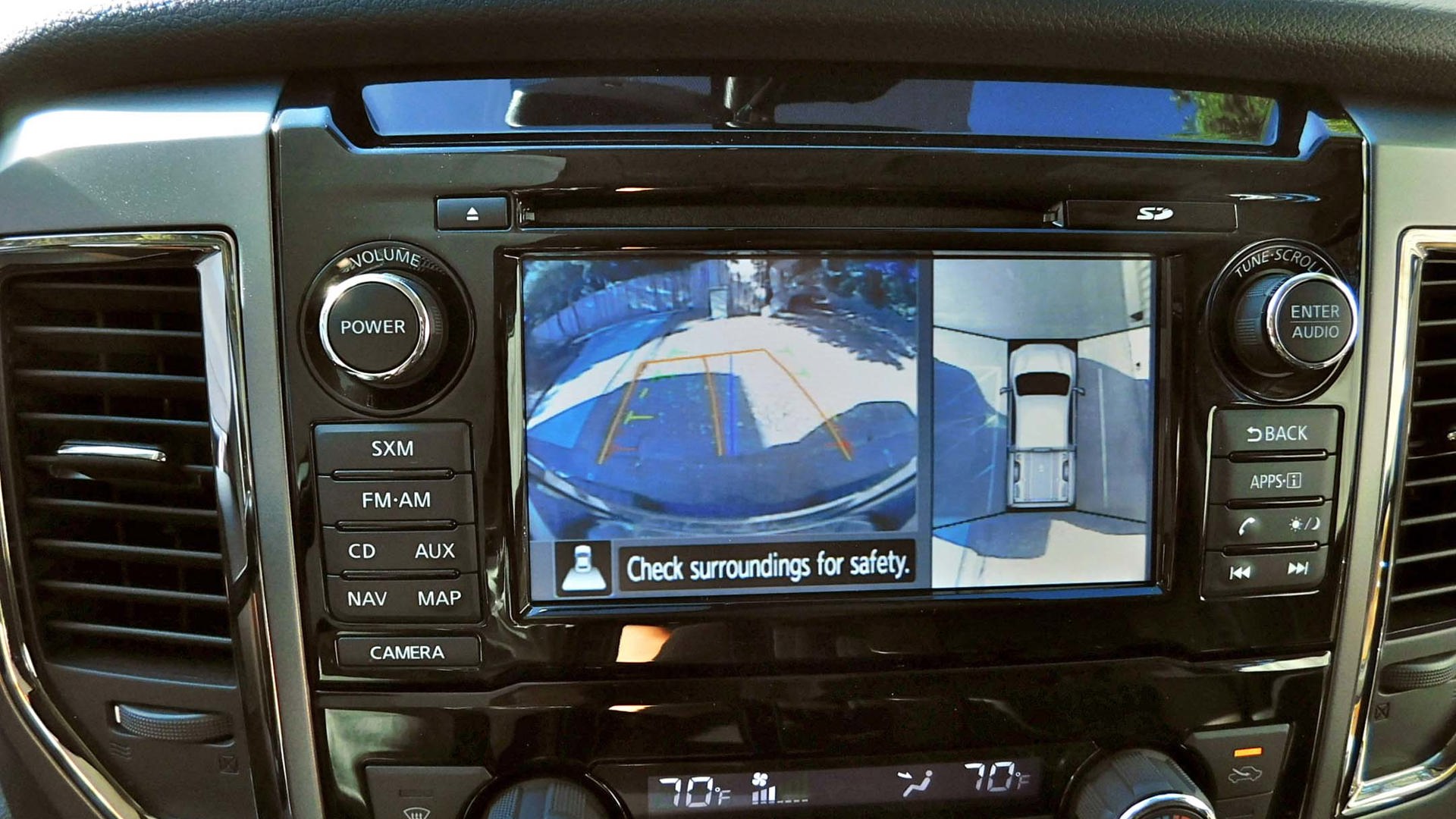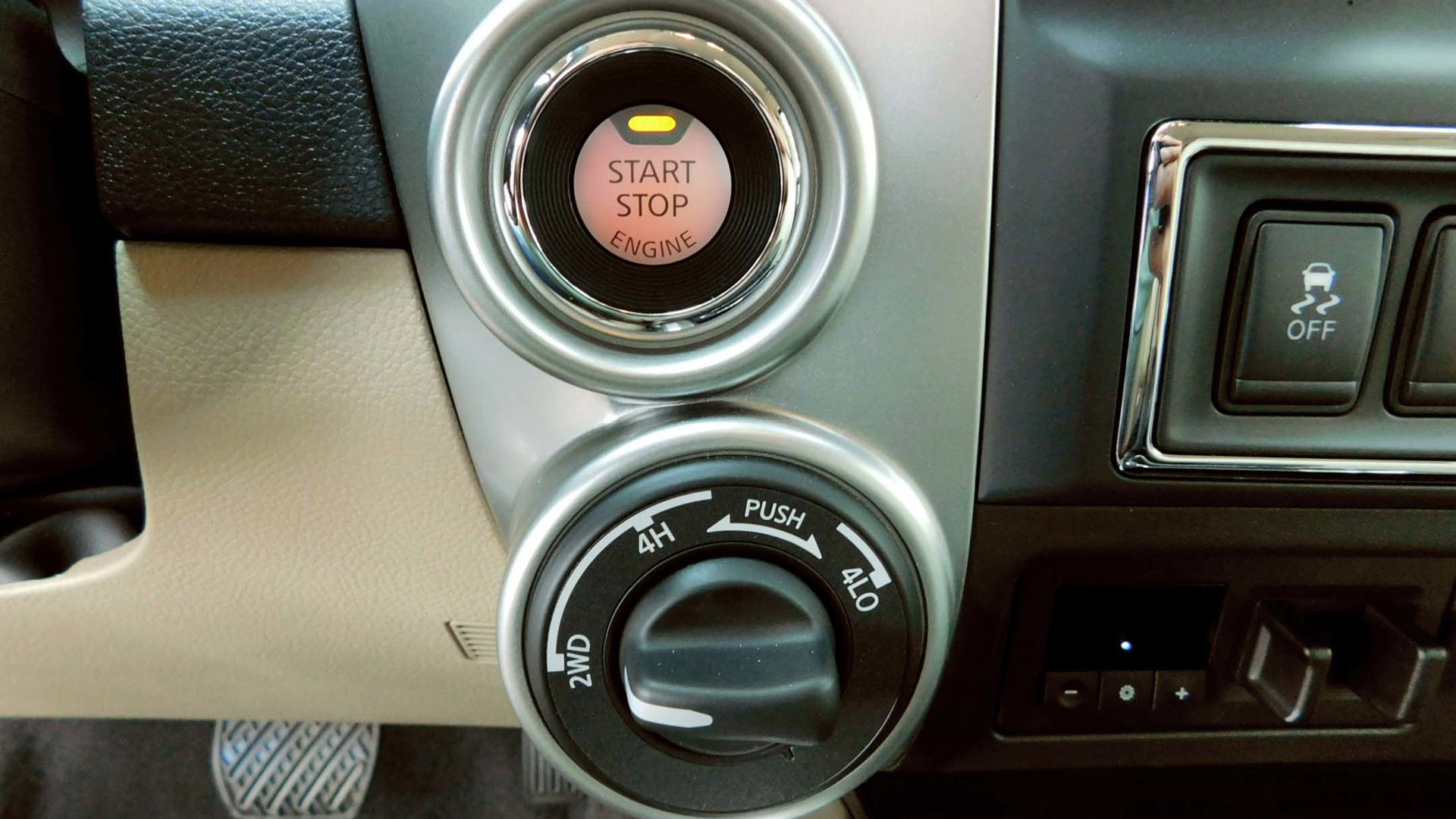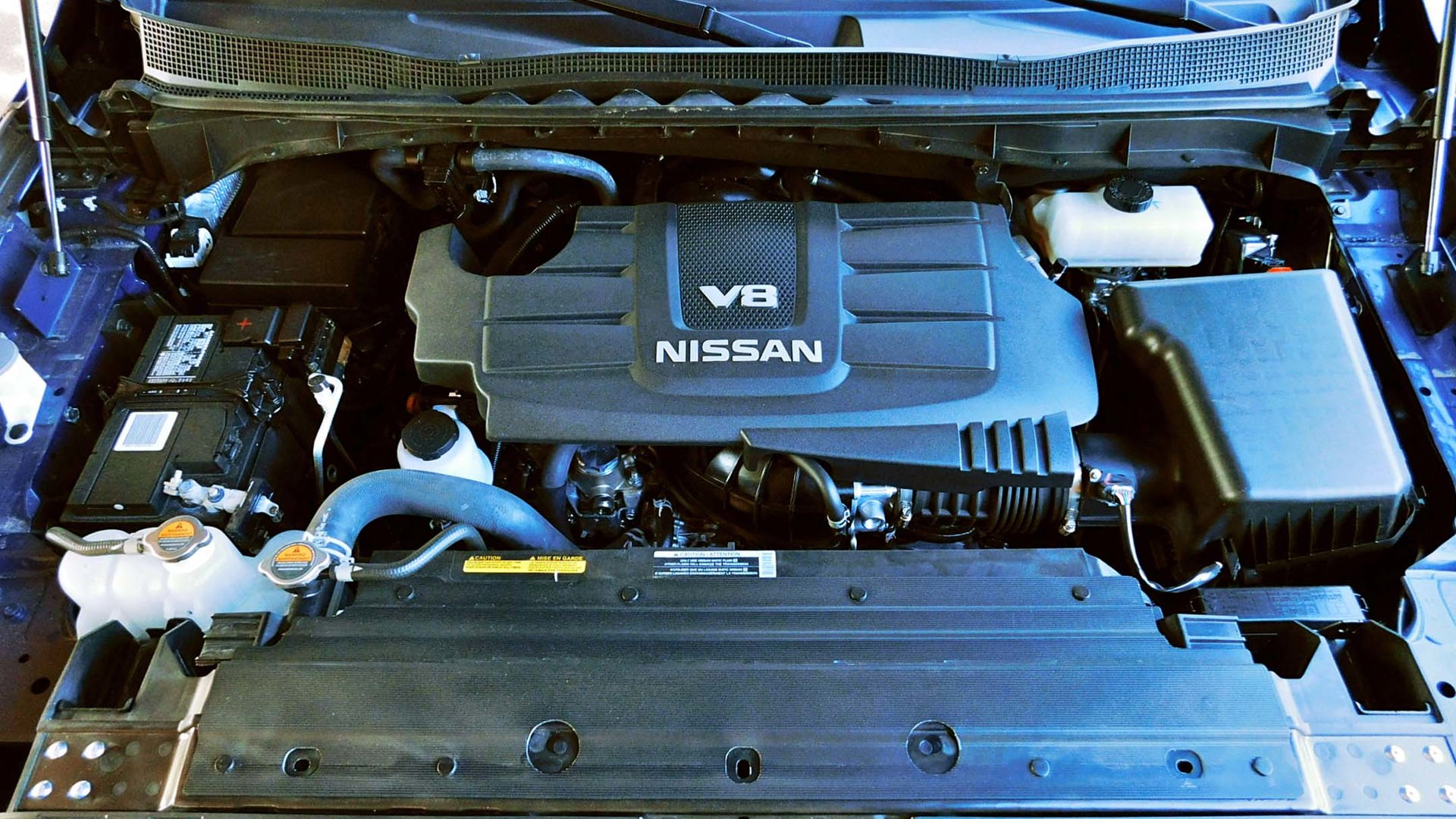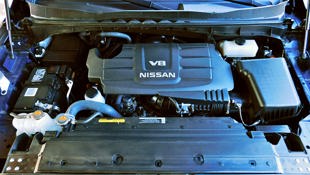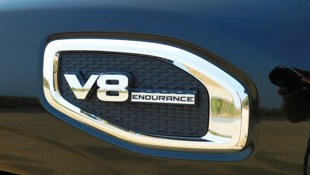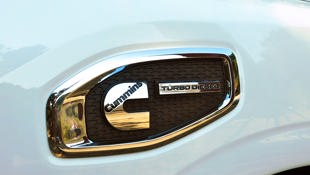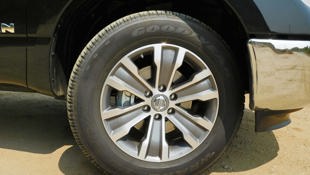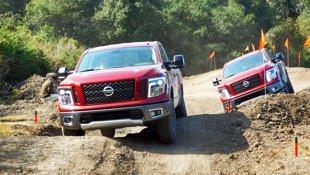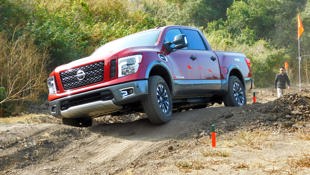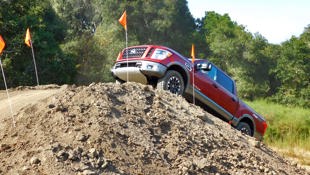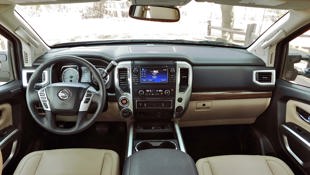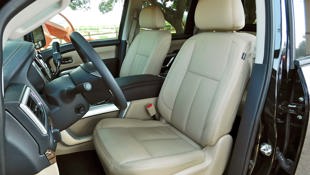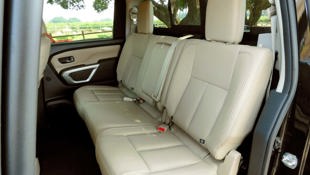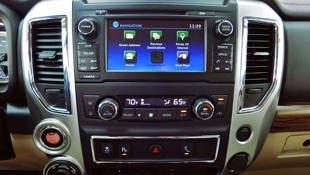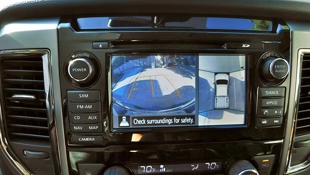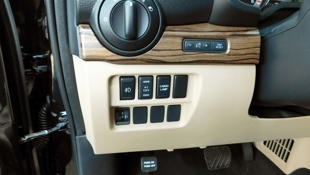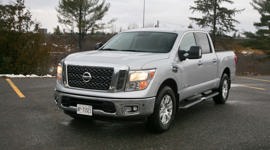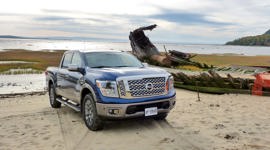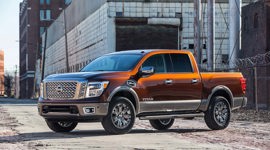Truck buyers are a loyal bunch. Nissan knows this, which is why when it initially launched its second-generation Titan XD pickup, it acknowledged Chevrolet, Ford and Dodge in its "Shoulders of Giants" advertisement, thanking the big three Detroit manufacturers for showing the way forward.
"Our philosophy is that if you build a good work truck, the recreational market will follow."
The "way forward", it seems, is the way the big three have always done things, offering a full range of trucks instead of a single high-end product, and so for 2017 Nissan has introduced an all-new Titan half-ton model into its Titan range, with a choice of two wheel-drive or four wheel-drive, and a new range of cab sizes from single cab, to king cab, to crew cab.
It's the first single-cab half-ton offering in the Titan's history, and combined with the base S trim it's a move aimed at capturing the blue collar work truck market (it should be noted here that the "half-ton" designation is strictly informal – the new truck's formal name is simply "Titan" without the "XD", and the payload capacity is actually closer to a ton at 875 kg). Introducing the new Titan at a drive event presentation in Carmel, California, Nissan Truck's chief marketing manager Andrew Harkness explained that "Our philosophy is that if you build a good work truck, the recreational market will follow."
You can't blame Nissan for wanting a bigger slice of the pickup truck market: The Japanese-headquartered manufacturer is North America's second-largest car brand but historically only a niche player when it comes to pickups – a segment that represents approximately one in seven passenger vehicles sold in the U.S, and one in four vehicles sold in Canada, with combined total sales of some three million trucks annually.
The new half-ton Titan uses a completely different frame than the Titan XD, with a 300 mm shorter wheelbase (3,550 mm versus 3,850 for the Titan XD). Like the XD it's a fully boxed ladder frame with double-wishbone front suspension, and a traditional solid axle hung on leaf springs in the back. The rear leaf springs have been carefully tuned to provide a more linear response as the thinner "ride-oriented" leafs flatten out and transfer load to the heftier "load-bearing" leafs, and there are stabilizer bars front and rear to provide flat cornering while still allowing a compliant ride. To reduce vibration and juddering in the cab, hydraulic rear cab mounts are used rather than solid urethane mounts.
The half-ton Titan's exterior design mirrors that of its XD sibling and was penned at Nissan Design America in California with a strong emphasis on aerodynamics. Overall width is exactly the same as the Titan XD, but the half-ton version is 370 mm shorter overall and about 70 mm lower in overall height. Features like active grille shutters, a front spoiler, roof and tailgate spoilers, underbody covers and rear tire wind deflectors all help reduce aerodynamic drag on the highway and contribute to a 10 percent overall improvement in aerodynamic performance. Like the Titan XD the Titan half-ton has an undeniably strong presence, with muscular fender bulges, slashed LED taillights, big fender ports, and signature LED daytime running lights. Nissan's familial V-motion grille is present and accounted for, but slightly disguised with an aggressive, squared off look that says "pickup" first and "Nissan" second.
Powering the 2017 Titan is a new lineup of engines, including a base V6, a V8 diesel, or an all-new version of Nissan's 5.6L Endurance V8 gas engine. For the initial drive event in Carmel, only gas-powered V8 crew-cab trucks were available for testing, and detailed information regarding the V6 and V8 diesel engines wasn't available (they'll be arriving on the market a couple months behind the V8 gas-powered truck). About the closest we got to a base work truck was a white single-cab truck Nissan displayed wearing Cummins diesel badging.
The new V8 gas engine features direct injection, variable valve event valve lift (VVEL), new heads, new pistons, and improved heat management systems to allow both more power and better fuel economy than the previous V8. It develops 390 hp at 5,800 rpm and 394 lb-ft of torque at 4,000 rpm, up from 317 hp for the previous V8. At idle it's smooth and quiet, and under hard acceleration it offers a pleasing deep bellow. Based on converted U.S. ratings, while the previous-generation Titan was rated 19.6 / 13.8 L/100km (city/highway) a similarly-equipped truck with the new V8 is rated 15.7 / 11.2 L/100km. During our mixed test driving in a crew cab 4x4 truck we saw about 14.8 U.S. mpg, which works out to 15.9 L/100km (and this included a fair bit of idling time while taking photos).
The engine is hooked up to a heavy-duty seven-speed automatic transmission that provides a wide range between its lowest ratio and highest ratios to allow both strong acceleration in low gears and good highway economy in high gear. It also features a transmission fluid warmer to help bring the transmission up to operating temperature more quickly, improving fuel economy during the first crucial kilometres after cold start-up. During our test drive the transmission proved well-matched to the engine: it responded appropriately to driving demands in automatic mode and shifted crisply, and in manual mode it had quick responses to shift requests. Control is via a traditional column shifter, which opens up space for either a bench seat or a commodious console bin. Pushbuttons for the manual shifting are mounted on the shifter grip, which I found worked well enough but felt a little awkward.
Four wheel-drive models have an electronically controlled two-speed transfer case (with two wheel-drive, four-high and four-low modes), and include features such as hill descent control, hill start assist, Brake Limited-Slip Differential (BLSD) and electronic locking rear differential to help tame the toughest terrain. During the drive event in Carmel, we took a Titan Pro-4X along an off road course that included a steep twisting downhill section that proved the effectiveness of the hill descent control, followed by a section of generically rough terrain, and then some manufactured obstacles including a hummock with steep angles of approach and departure, a sharply angled side slope, and "elephant track" offset hummocks that had one or two wheels off the ground at times. It was some pretty gnarly terrain, and the Titan tackled it all with ease.
Inside, Nissan has used an acoustic windshield, acoustic laminated side glass, a triple-layer dash insulator (instead of the previous generation's single-layer insulator) and hydraulic rear cab mounts to achieve a 10 db reduction in vibration noise and 3 db reduction in unwanted engine noise compared to the previous Titan. Certainly during our test drive the truck proved impressively serene – there was some wind noise generated by the big exterior mirrors at highway speeds, but it was well muted by the acoustic side glass, and in all other respects the truck was just plain quiet. The hydraulic cab mounts and retuned leaf springs did an excellent job of eliminating the typical truck "jitteriness" over bumps, and the ride felt more "SUV" than "pickup". Not that the Titan is missing any essential "truckness" - it's still feels solid like a truck should, but some of the ruder characteristics associated with pickup trucks have been toned down.
In practical matters, my SL 4x4 test truck was fitted with exceedingly comfortable leather-upholstered "Zero Gravity" front row captains chairs, with a commodious console bin between them and plenty of storage cubbies and cupholders throughout the cab. Overall, rear storage has been improved by 28 percent and front storage by 33 percent, and under the rear seat there's a convenient lockable second-row underseat storage bin. The majority of the interior is built of hardworking rigid plastics, but they have nice textures and sheen, and the fit and finish is excellent. In addition to its leather upholstery, my SL amped things up inside with a padded and stitched leather-look dash topper, leather-wrapped steering wheel, and woodgrain dash trim.
Creature comforts are taken care of with across-the-range air conditioning (dual-zone automatic in Pro-4X and higher trims), remote keyless entry, power windows, cruise control, and a six-speaker audio system featuring 5-inch colour display, Bluetooth connectivity with hands-free text assist, USB input, and NissanConnect mobile apps. Higher trim levels add desirable features such as a 7-inch touchscreen display, upgraded 12-speaker Rockford Fosgate audio, satellite radio, universal HomeLink transceiver, around-view monitor, rain-sensing wipers, blind spot warning system with cross traffic alert and much more.
At the business end of the truck, the bed features an easy-to-use lift-assisted and damped tailgate, cargo and tailgate lamps, and 110-volt in-bed access. Available features include a factory spray-on bedliner, flush-mounted LED bedrail lighting, a versatile Utili-track bed channel system to make it easy to secure cargo, and removable lockable storage boxes that can be accessed even with a camper top or tonneau cover in place.
If capability is king in the pickup segment, the Titan certainly has the credentials to capture the throne. The half-ton model has a payload of 875 kg (1,929 lbs) and a towing capacity of up to 4,259 kg (9,390 lbs), with all but the base S models offering integrated trailer braking control (the base model is prewired for installation of a trailer braking control). For comparison, maximum payload is offered by the V8 gas-powered Titan XD model at 1,320 kg, and maximum towing capacity is offered by the Titan XD diesel at 5,460 kg. To make towing easy the half-ton Titan offers features including trailer sway control, Tow/Haul mode with downhill speed control, rearview monitor with trailer guides, and a remote trailer light check system for easy one-person confirmation of trailer light operation.
The 2017 Titan will be available in five trim levels when it goes on sale in mid-August: S, SV, Pro-4X, SL and Platinum Reserve, with all trim levels available in four-wheel drive. Base S models get a manual split bench seat (40/20/40) up front featuring a flip-down centre seat with armrest.
SV models get cloth seating with vinyl bolsters, standard floor carpeting, upgraded instrumentation, Sirius satellite radio, trailer sway control, an overhead console with sunglass holder, glove box lamp and ambient lighting, among other features. Outside, a chrome mesh grille replaces the base black-painted grille.
The Pro-4X adds features including Bilstein off-road shock absorbers, electronic locking rear differential, lower radiator skid plate, hill descent control, fog lights, tow mirrors and all-terrain tires on 18-inch alloys. Inside, a whole array of comforts and technology are added with highlights including captains chairs, dual-zone air conditioning, 7-inch infotainment display with navigation, blind spot information system and rearview monitor.
SL adds things like leather upholstery, heated seats, power tilt and telescoping steering wheel, auto-dimming exterior mirrors, 20-inch alloys and 12-speaker Rockford Fosgate audio system. Platinum Reserve pulls out all the stops with features like heated and cooled front seats, heated rear seats, heated steering wheel, open-pore interior wood trim, leather-wrapped shift knob, and unique exterior trim.
Pricing for single cab and V6 Titans was not available at press time, but the V8-powered Titan Crew Cab starts at $44,650 for the base S model and tops out at $65,800 for the Platinum Reserve trim. Regardless of trim, the new Titan is backed by an industry leading five-year, 160,000 km bumper-to-bumper limited warranty.
